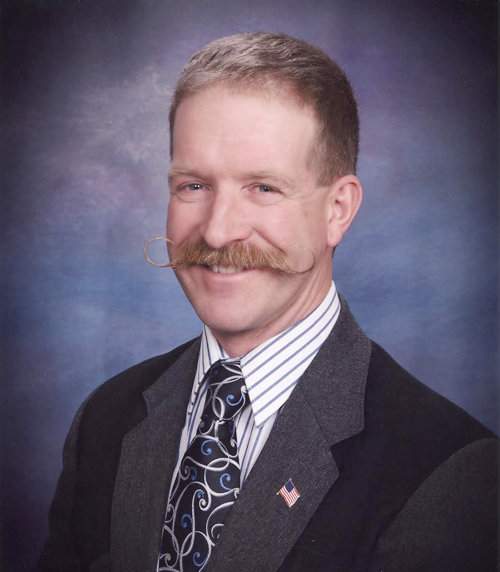forum
library
tutorial
contact

Region Depends on
Columbia-Snake River System
by Tom Kammerzell
Capital Press, November 11, 2016
|
the film forum library tutorial contact |

|
Region Depends on
by Tom Kammerzell
|
New EIS follows court ruling on salmon recovery
 Once again, the value of the Snake River system is going to be reviewed, but this time with a twist.
Once again, the value of the Snake River system is going to be reviewed, but this time with a twist.
In May, Judge Simon, in his ruling related to the Snake River Biological Opinion, has now brought the entire river system, including the dams on the Columbia, into the discussion.
This is new territory. The public is being given the opportunity by Jan. 17 to weigh in on the diverse value of the entire river system. Contact information can be found at the end of this column.
As the dialogue continues with regard to the damage done to salmon numbers, it should be noted that the true devastation was done in the late 1800s and early 1900s by fish wheels and canneries, which no longer exist. In fact, the numbers of fish are continuing to increase and in some cases are higher than in 1938 when Bonneville Dam was built.
Economic asset
The Columbia Snake River System is a vital economic asset for the entire Northwest. The eight dams and locks on the Columbia Snake River System provide transportation, energy and economic benefits to the region. They also provide flood safety, lest we forget the Vanport flood of 1948 which removed an entire city and killed over 50 people.
Thanks to the eight dams and locks on the Columbia and Snake rivers, farmers and businesses have access to the safest, most environmentally friendly way to move their product downriver to export. Farmers as far inland as the Midwest can take advantage of barges to move their crops down to the export terminals on the lower Columbia River.
Wheat gateway
The Columbia Snake River System is the nation's No. 1 wheat export gateway with 49 percent of U.S. wheat moving through the system, and our inland lock and dam system plays a big role in getting that wheat to market. Just rail or barging can't do it alone -- we need both cargo modes to move all the product coming out of our area.
Keeping the river system open for business helps to protect lives, jobs, farmers, our regional and national economy and helps feed people around the world.
From an environmental perspective, the dams should be celebrated for providing the cleanest, greenest way of moving millions of tons of commodities. The last time barging was suspended for a period of time, the impact of the increased trucking raised emissions by a whopping 323.2 percent.
Clean power
The eight dams on the river system are also counted on by every person in the Pacific Northwest when they reach for a light switch. Close to 60 percent of the power used in the Northwest is generated by the clean, renewable, carbon-free hydropower generated by the dams on the river system.
Furthermore, the dams help to regulate the flow of energy to the grid from wind and solar, and provide a firm backup for when those other renewables are not generating. This is evident in the winter when cold weather requires more electricity and the dams are called upon to meet that demand.
Salmon gains
The modern benefits of the river system have allowed commerce and energy to flow while also dramatically improving salmon runs on the river. The eight dams on the Columbia/Snake mainstem have always had fish passage facilities. Over the past 20 years, we have seen tremendous investments made at the dams to make them world class facilities, plus important habitat work in our tributaries and the estuary.
The collaborative efforts of our federal agencies, tribes, states and nonprofits have led to record-breaking returns for some of our salmon populations and dramatic improvements in others.
Like every other river in the world, we'll always have challenges, such as the unusually high temperatures we saw last year. But as improvements continue and partnerships strengthen, we look forward to continued increases in our fish runs.
The year is 2016, not 1816. We require electricity all of the time, not just when the wind blows and the sun shines. With the ever-increasing world population more mouths need to be fed affordably. I encourage advocates of the current river system to weigh in to help protect these vital economic assets for our region.
Visit www.crso.info for the list of meetings, submit your comment letter at comment@crso.info or mail a letter to CRSO EIS, P.O. Box 2870, Portland, OR 97208-2870 by Jan. 17.
learn more on topics covered in the film
see the video
read the script
learn the songs
discussion forum
